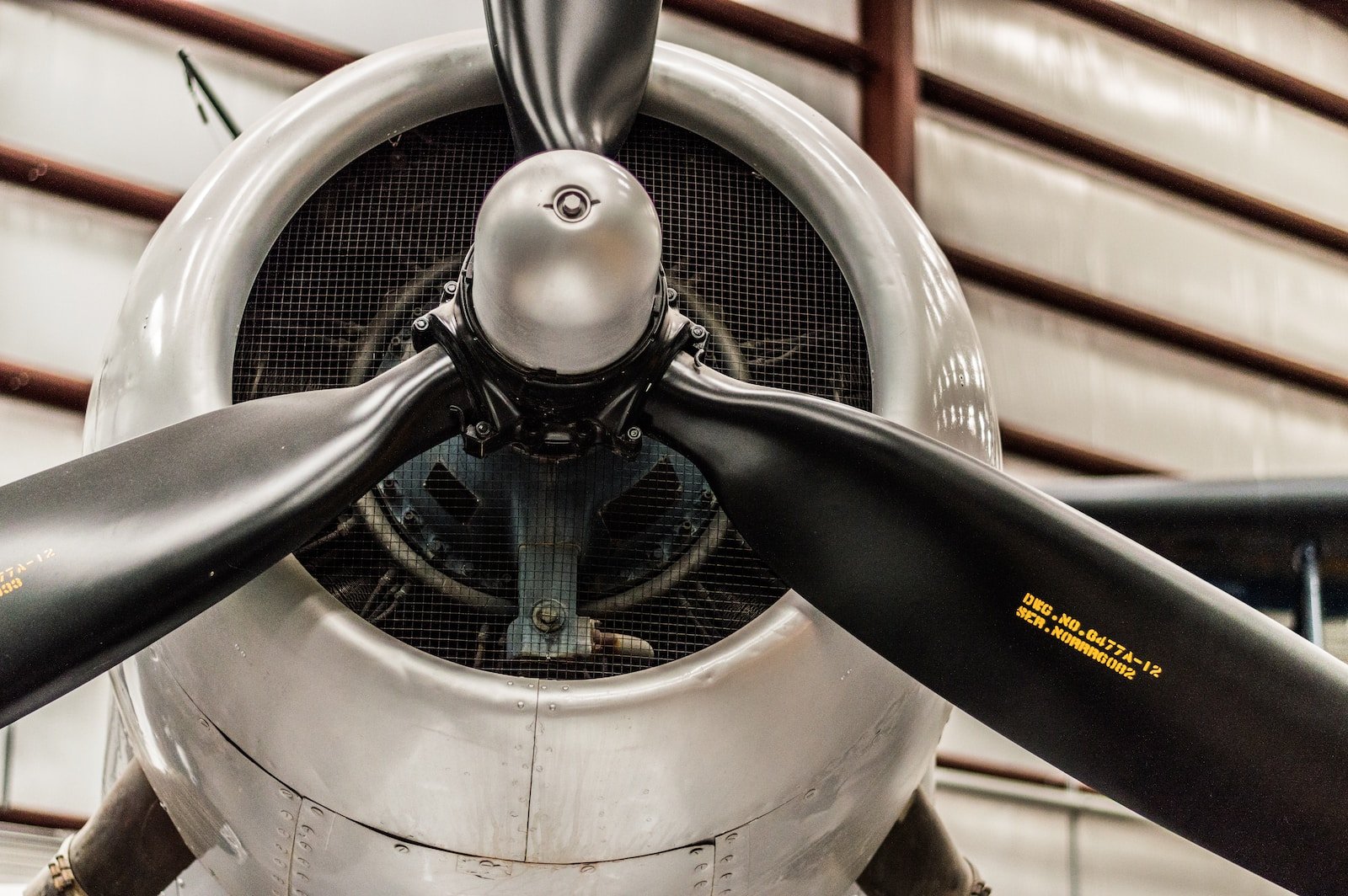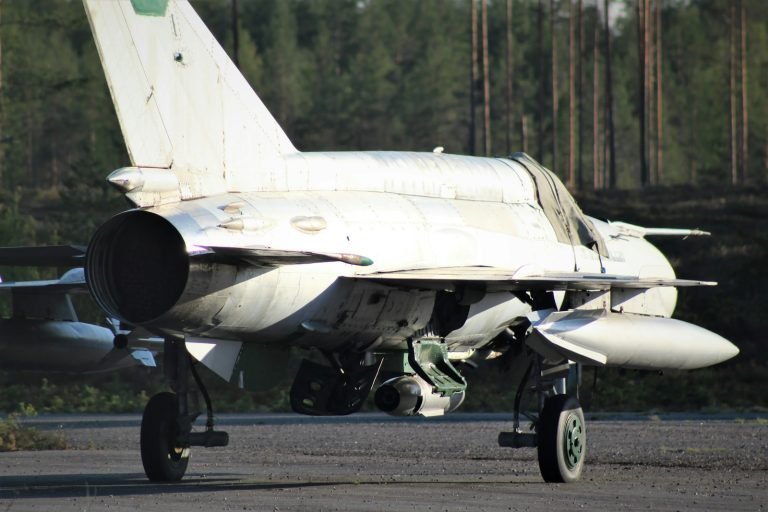Insurance Claims in Aviation: Navigating the Process for Swift Repairs
Insurance Claims in Aviation: Navigating the Process for Swift Repairs
Aviation, a high-stakes industry, often faces unforeseen challenges that lead to insurance claims. In this article, we will delve into the intricate process of navigating insurance claims in aviation, focusing on the importance of swift repairs for operational continuity.
Introduction
Aviation insurance claims are an integral part of the industry, ensuring that operators can quickly recover from unforeseen events. Swift repairs play a crucial role in minimizing downtime, allowing airlines to resume operations promptly.
Understanding the Basics of Aviation Insurance
Before delving into the claims process, it’s essential to understand the basics of aviation insurance. Different types of coverage exist, ranging from liability to hull insurance, each serving a specific purpose in risk management.
Common Causes of Aviation Claims
Accidents, natural disasters, and mechanical failures are common causes of aviation claims. Understanding these triggers helps operators prepare for potential challenges and ensures a smoother claims process.
The Claims Process Unveiled
Filing an aviation insurance claim involves a step-by-step process. From notifying the insurance provider to submitting necessary documentation, a comprehensive understanding of the claims process is crucial.
Importance of Quick Reporting
Timely reporting is paramount in the claims process. Delayed notifications can lead to complications, emphasizing the need for prompt reporting to insurance providers.
Navigating the Evaluation Phase
Insurance companies carefully evaluate claims, considering various factors. Knowing how claims are assessed can aid claimants in presenting a compelling case for swift resolution.
Role of Professionals in the Process
Aviation experts, insurance adjusters, and repair specialists collaborate to facilitate the claims process. Their expertise ensures a thorough assessment and efficient resolution.
Swift Repairs: A Priority for Operational Continuity
Swift repairs are not just about resolving claims; they are critical for maintaining operational continuity. Minimizing downtime is a priority for airlines and operators.
Challenges in the Claims Process
Despite the structured process, challenges may arise in the claims journey. Identifying and overcoming these obstacles is essential for a successful resolution.
Technological Advancements in Claims Processing
Advancements in technology, such as AI and automation, are transforming the claims process. These innovations enhance efficiency and streamline the overall experience.
Case Studies: Successful Claim Resolutions
Examining real-life examples of successful claim resolutions provides insights into best practices. Learning from past experiences can guide operators in navigating their claims.
Tips for a Smooth Claims Experience
Proactive measures, such as regular policy reviews and effective communication with insurers, contribute to a smoother claims experience. Building a strong relationship with insurance providers is key.
Understanding Policy Exclusions
Awareness of policy exclusions is crucial to avoid claim denials. Knowing common exclusions and taking steps to address them ensures a more comprehensive coverage.
Future Trends in Aviation Insurance Claims
Looking ahead, we explore future trends in aviation insurance claims. Anticipating advancements helps industry players prepare for the evolving landscape.
1. Claims Management Process in Insurance:
The claims management process in insurance is a crucial aspect of the industry, ensuring that policyholders receive fair compensation for covered losses. The process typically involves several key steps:
a. Reporting the Claim:
- Policyholders must promptly notify their insurance company of any covered loss or event that triggers a claim.
b. Claim Investigation:
- Insurers conduct a thorough investigation to verify the validity of the claim. This may involve gathering documentation, speaking with witnesses, and assessing the extent of the loss.
c. Claim Evaluation:
- After the investigation, the insurance company evaluates the claim to determine the coverage and the amount of compensation owed to the policyholder.
d. Settlement Negotiation:
- The insurer and the policyholder may engage in negotiations to reach a fair settlement. This process involves discussions on the scope of coverage, liability, and the value of the claim.
e. Claim Settlement:
- Once an agreement is reached, the insurer disburses the agreed-upon amount to the policyholder.
f. Claim Closure:
- The claims management process concludes with the closure of the claim file, documenting the resolution and any relevant details.
Efficient claims management is vital for maintaining trust between insurers and policyholders and ensuring a smooth and fair resolution of covered losses.
2. Handling of Insurance Claims:
Handling insurance claims requires a careful and systematic approach to ensure fairness and efficiency. Key aspects of effective claim handling include:
a. Prompt Communication:
- Insurers should encourage policyholders to report claims promptly and provide clear communication on the necessary documentation and procedures.
b. Thorough Investigation:
- A comprehensive investigation helps verify the authenticity of the claim and determine the extent of the loss. This involves gathering evidence, interviewing involved parties, and assessing damages.
c. Fair Evaluation:
- Insurers must fairly evaluate claims based on the terms and conditions outlined in the insurance policy. Transparency in the evaluation process is crucial for maintaining policyholder trust.
d. Customer Support:
- Providing excellent customer support throughout the claims process is essential. Clear communication, responsiveness, and empathy help ease the stress associated with filing a claim.
e. Efficient Settlement:
- Timely settlement of valid claims is critical for customer satisfaction. Insurers should work diligently to process and disburse settlements within a reasonable timeframe.
f. Continuous Improvement:
- Insurers should regularly review and improve their claims handling processes to enhance efficiency, accuracy, and customer satisfaction.
Effective handling of insurance claims is integral to the success and reputation of insurance companies, fostering positive relationships with policyholders.
3. How Aviation Insurance Works:
Aviation insurance is a specialized form of coverage designed to protect aircraft owners, operators, and other aviation stakeholders from financial losses. Key features of how aviation insurance works include:
a. Coverage for Aircraft:
- Aviation insurance provides coverage for various types of aircraft, including airplanes and helicopters. It typically includes protection against physical damage, liability, and medical payments.
b. Types of Coverage:
- Aviation insurance policies often include two main types of coverage:
- Hull Insurance: Covers physical damage to the aircraft.
- Liability Insurance: Provides protection against third-party bodily injury and property damage claims.
c. Pilot Qualifications:
- Insurance premiums may be influenced by the qualifications and experience of the pilot. Well-trained and experienced pilots may contribute to lower insurance costs.
d. Risk Assessment:
- Insurers assess various risk factors, including the type of aircraft, its usage, the pilot’s experience, and the operating environment, to determine appropriate coverage and premiums.
e. Regulatory Compliance:
- Aviation insurance often requires compliance with regulatory standards. Insurers may mandate adherence to safety regulations and maintenance procedures to maintain coverage.
f. Premium Determination:
- Premiums are influenced by factors such as the aircraft’s value, intended use, pilot experience, and safety record. Higher-risk situations may result in higher premiums.
g. Claims Process:
- In the event of a covered loss, the claims process involves reporting the incident to the insurer, an investigation to determine the cause, and the subsequent payment of benefits to cover damages or liabilities.
Aviation insurance is a complex and highly regulated field, tailored to the unique risks associated with air travel, and it plays a crucial role in ensuring the financial security of those involved in the aviation industry.
4. Two Main Types of Coverage in Aviation Insurance:
a. Hull Insurance:
- Hull insurance provides coverage for physical damage to the aircraft. This can include damage from accidents, collisions, or other perils. It’s comparable to comprehensive coverage for automobiles, addressing the repair or replacement costs of the insured aircraft.
b. Liability Insurance:
- Liability insurance is a fundamental component of aviation coverage, protecting the insured against claims for bodily injury or property damage caused by the aircraft. This coverage is crucial in situations where the insured is held legally responsible for damages to third parties, whether in the air or on the ground.
These two main types of coverage work together to provide a comprehensive safety net for aviation stakeholders. Hull insurance safeguards the investment in the aircraft itself, while liability insurance protects against potential legal and financial repercussions arising from accidents or incidents involving the insured aircraft. Aviation insurance policies are often customized to meet the specific needs of the insured, considering factors such as the type of aircraft, its usage, and the operating environment.
Conclusion
In conclusion, navigating insurance claims in aviation demands a proactive approach. Understanding the process, building strong relationships, and embracing technological advancements contribute to swift and successful resolutions.
FAQs
- How long does the typical aviation insurance claims process take?
- The duration varies, but prompt reporting and collaboration can expedite the process.
- What are common challenges faced during the claims process?
- Challenges include delays, documentation issues, and policy limitations.
- Can technology help streamline the claims process?
- Yes, advancements like AI contribute to efficiency in claims handling.
- How can operators minimize downtime during repairs?
- Swift reporting and collaboration with repair specialists are key to minimizing downtime.
- What should operators consider when choosing an aviation insurance policy?
- Operators should assess coverage types, exclusions, and insurer reputation for a comprehensive choice.






